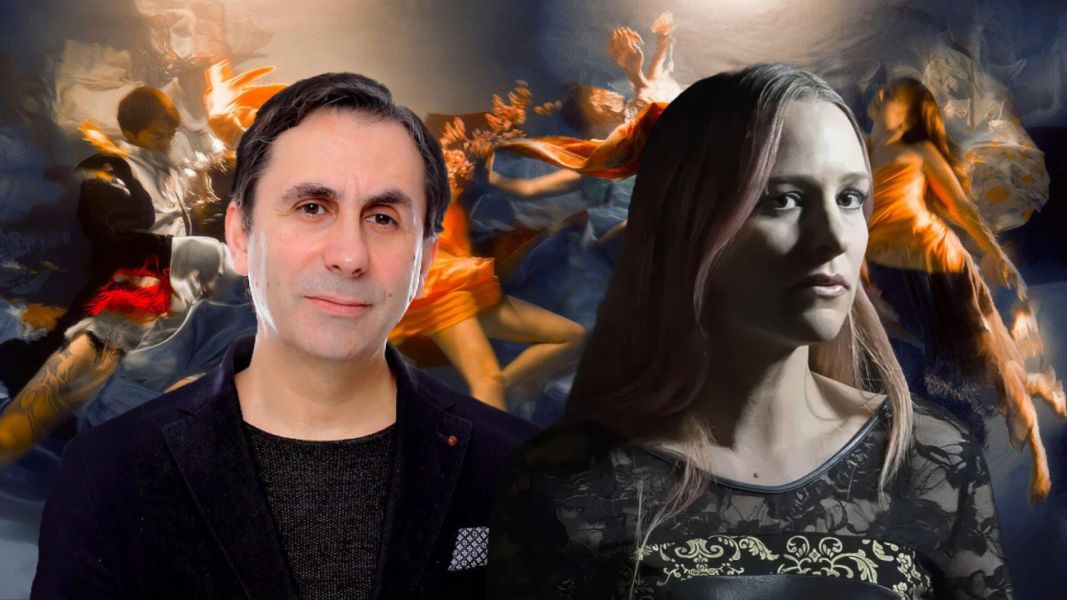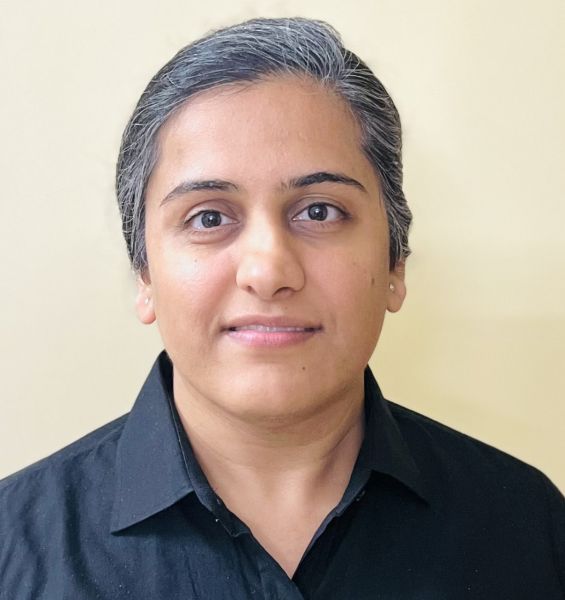Christy Lee Rogers, an iconic underwater photographer is the guest in the latest episode of Dinis Guarda YouTube Podcast. Both Dinis and Christy discuss the science behind the art of underwater photography. The podcast, powered by Businessabc.net and citiesabc.com, also highlights Christy’s recent collaboration with Disney and director James Cameron on the ‘Keep Our Oceans Amazing’ campaign to support ‘Avatar: The Way of Water’.

Christy Lee Rogers is a fine art photographer; an iconic personality renowned for her underwater photography that captivates audiences worldwide. Her works have been showcased in prestigious galleries from Paris and London to Mexico City and Shanghai, gracing both private and public collections globally. Christy’s distinctive style and profound impact have earned her features in international magazines such as Vogue, Harper’s Bazaar Art China, Elle Decoration, and The Independent.
Christy has also made a positive impact with her underwater photography skills in the society. In collaboration with Disney and James Cameron’s global campaign ‘Keep Our Oceans Amazing,’ Christy created a series of photographs featuring stars like Zoe Saldaña, Sigourney Weaver, and Kate Winslet to raise awareness of ocean conservation. The campaign, tied to the release of ‘Avatar: The Way of Water,’ directed 100% of the net proceeds from art sales to The Nature Conservancy, aiming to protect marine life and habitats.
“I just started to realize that people were not respecting the water as much as I wanted them to. I’d see plastics on the beach or I’d see the water being so dirty and these animals showing up with tumors like Turtles and it just started to get to me what was happening here. I just see how much we need water on this planet you know and so that’s how it all came together,” Christy shared with Dinis.
The Nature Conservancy, as Christy explains, is committed to protecting a significant percentage of sea life and ocean areas over a decade. She emphasises the importance of using art to bring awareness to the ocean’s plight and the critical issues such as the extinction of sea creatures and the impact of microplastics. She has also collaborated for projects like ‘Luminescence’, and upcoming exhibitions in Sweden and at the Parthenon Museum in Nashville.
The physics of underwater photography
During the interview, Christy highlights that the art of underwater photography is technically very different from standard photography. Speaking about the deep understanding of lighting, buoyancy, and underwater behaviour this fields requires, Christy told Dinis:
“I made a lot of mistakes. It was just like a trial and error sort of a science experiment. So, it was a lot of patience building up the style because the water is so difficult. It’s the fabrics that are moving in front of it and if they move too far away from the light then you don’t capture their face or you’ve got the bubbles. I think that’s what I liked: the challenge. That’s what pushed me forward. So that was part of the learning curve for me. I learnt where to put these lights and what kind of lights I am going to use. Those mistakes led to where I’m at today and that style became different.”
Explaining the physics behind underwater photography, which is primarily influenced by the behavior of light as it travels through water, Christy said:
“What I did find out is that light travels slower in the water than it does in the air because water is more dense. So, you’re going to get this bending or refraction happening. That’s where we get this painterly image: there’s just a little bit of bending so it’s not very precise.
If I set everything on my camera correctly and the lighting is correct and all of the elements are correct, we get this really slight bending which is really beautiful. If you’ve ever been swimming in the pool and you drop something and you got to pick it up and it’s actually over there and you think it’s over here because your eye is seeing seeing it differently – that’s sort of what I’ve been using and that’s really necessary because I don’t want to see everything so clearly. I want to have that softness that you get in a painting and that’s been my style and what I’ve used and you know it’s a fine tuning. It’s a lot of mistakes to get that right image.”
Christy also explained Dinis how underwater photography became her way of expression:
“If I’m going to shoot at night and it’s pitch black outside, I’m going to need some really harsh lights. All you’d see is everything would be illuminated and then the shadows would just drop off and the blackness of the night. I started to really like that because it was expressing the emotions that I had inside of me. You can easily capture the movement and the drama, like capturing the moment in time. So that’s what I’ve kind of grown into is just letting the individuals underwater move so you capture this emotional moment in their experience which is very vulnerable underwater. When you’ve got these harsh lights underwater you’re going to just get these really amazing pops of color. If I’m using the right fabrics, the light is just sort of shining through there and just illuminating everything.”
Underwater photography in the AI era
The advancements in artificial Intelligence (AI) are transforming the arts industry with new horizons to explore. It is also revolutionising underwater photography with unique capturing techniques and tools to be used in the water medium.
“Yeah it’s an interesting subject, for sure, and it makes me want to release some images and show the set like it is actually done underwater”, says Christy.
“But, it’s a lot of work. I mean it was years of work to plan and get the costume. Although it’s an interesting thing that you could type in a couple words and then create an image and have that but it does upset me a little bit. I’m not so happy about it because I think in the end the artist puts the life into the artwork: like that piece becomes alive because the artist puts a message iit and there’s a feeling, an emotion beyond the physical realm. So, I don’t think AI will ever be able to take that away.
Well everybody’s starting to get excited about it but you got to put that passion and that life into the the artwork and that’s what makes it everything because there are millions of pretty images out there but it’s really the message and the communication. It’s like a wavelength that the other person understands”, she explains.
The full video interview is available on Dinis Guarda YouTube channel.
The audio podcasts are available on: Apple Podcast, Spotify, Amazon Music, and others.

Pallavi Singal is the Vice President of Content at ztudium, where she leads innovative content strategies and oversees the development of high-impact editorial initiatives. With a strong background in digital media and a passion for storytelling, Pallavi plays a pivotal role in scaling the content operations for ztudium’s platforms, including Businessabc, Citiesabc, and IntelligentHQ, Wisdomia.ai, MStores, and many others. Her expertise spans content creation, SEO, and digital marketing, driving engagement and growth across multiple channels. Pallavi’s work is characterised by a keen insight into emerging trends in business, technologies like AI, blockchain, metaverse and others, and society, making her a trusted voice in the industry.












